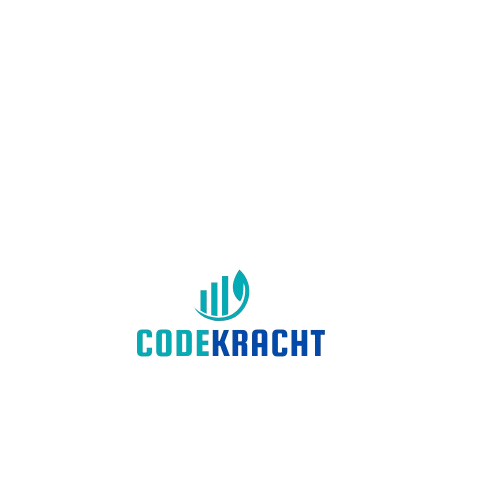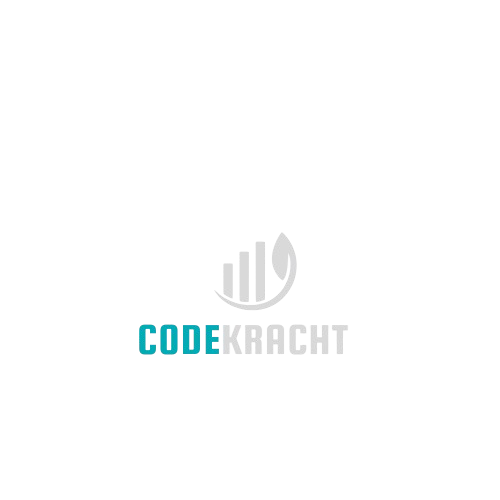Creating an online Quran academy can be a fulfilling and impactful project. With WordPress, building a website that offers Quranic education and resources becomes more accessible and manageable. This guide will walk you through the process of developing a professional online Quran academy, from setting up the website to integrating essential features that enhance the learning experience.
Step 1: Choose the Right Domain and Hosting
- Domain Name: Choose a relevant and easy-to-remember domain name for your Quran academy (e.g., quranacademy.com or learnquranonline.com).
- Web Hosting: Select a reliable hosting provider that offers good performance and security features. Some popular choices for WordPress sites include Bluehost, SiteGround, and Kinsta.
Step 2: Install WordPress and Choose a Theme
- WordPress Installation: Most hosting providers offer a one-click WordPress installation feature. Once installed, you can access the WordPress dashboard to begin customizing your website.
- Select a Theme: Choose a theme that is both visually appealing and functional for an educational platform. Look for themes that are responsive, easy to customize, and suitable for online courses. Some popular WordPress themes for e-learning include Astra, Kadence, and Education WP.
Step 3: Install Essential Plugins
To create an effective online Quran academy, you’ll need a few key plugins that add specific functionalities:
-
LMS Plugin:
- LearnDash or LifterLMS: These plugins will help you manage courses, track student progress, and offer quizzes and certificates.
- Tutor LMS: Another great option for creating an online learning environment, including interactive lessons, student dashboards, and content protection.
-
Payment Gateway Plugin:
- WooCommerce: Integrates easily with your LMS and allows you to charge for courses, offer subscription plans, and set up payment gateways like PayPal and Stripe.
-
Membership Plugin:
- MemberPress or Restrict Content Pro: These plugins allow you to create member-only content, such as access to premium Quranic lessons or live sessions.
-
Zoom Integration:
- Video Conferencing with Zoom: If you want to offer live Quranic lessons, this plugin can integrate Zoom directly into your website for virtual classroom sessions.
Step 4: Set Up Courses and Content
-
Create Quranic Courses: Use your LMS plugin to create structured courses. You can have different levels, from beginner Quran reading to advanced Tajweed. Each course should consist of:
- Modules: Group content into logical sections, such as “Introduction to Quran,” “Surah Memorization,” and “Tajweed Rules.”
- Lessons: Add video or audio lessons, downloadable PDFs, quizzes, and assignments to each module.
-
Content Types: Offer a variety of content formats such as video lessons, text tutorials, and audio recitations of the Quran to cater to different learning preferences.
Step 5: Implement Student Engagement Features
-
Discussion Forums:
- Use plugins like bbPress or BuddyPress to create discussion boards where students can interact with each other and instructors, ask questions, and share knowledge.
-
Live Sessions:
- Enable live Quran lessons using the Zoom integration or WP Event Manager for scheduling and managing live classes.
-
Quizzes and Certificates:
- Set up quizzes and exams after each course or lesson using your LMS plugin. Offer certificates for course completion to motivate students.
Step 6: Optimize for SEO
Ensure that your website ranks well in search engines so that potential students can easily find your academy.
- SEO Plugins: Install plugins like Yoast SEO or Rank Math to optimize your content, meta descriptions, and titles for search engines.
- Keyword Optimization: Use keywords like “online Quran academy,” “learn Quran online,” and “Quran courses” to optimize your pages and blog posts.
- Mobile Optimization: Ensure that your website is responsive and optimized for mobile devices, as many users will access your site from smartphones.
Step 7: Launch Your Academy and Promote It
- Marketing and Social Media: Create social media profiles on platforms like Facebook, Instagram, and YouTube to promote your online Quran academy. Share free content such as Quranic tips, recitations, and snippets from your lessons to attract potential students.
- Email Marketing: Use tools like Mailchimp or ConvertKit to collect email addresses and send regular updates about new courses, special promotions, or free lessons.
Step 8: Offer Support and Continuous Improvement
- Support System: Add a contact form, live chat feature, or email support to assist students with any technical or course-related issues.
- Regular Updates: Continuously improve your courses based on student feedback and keep your content up-to-date with the latest Quranic resources and research.

